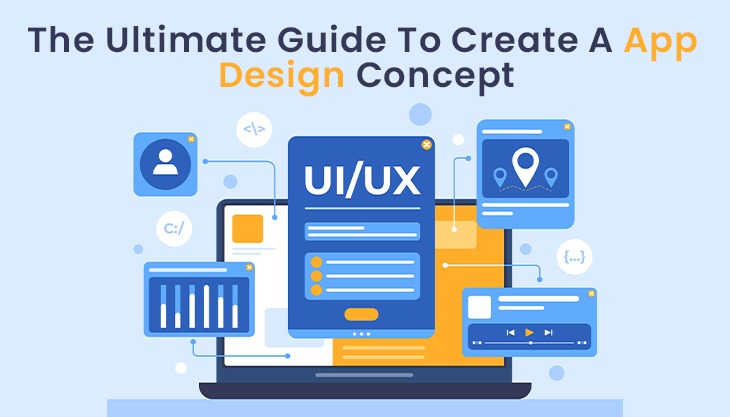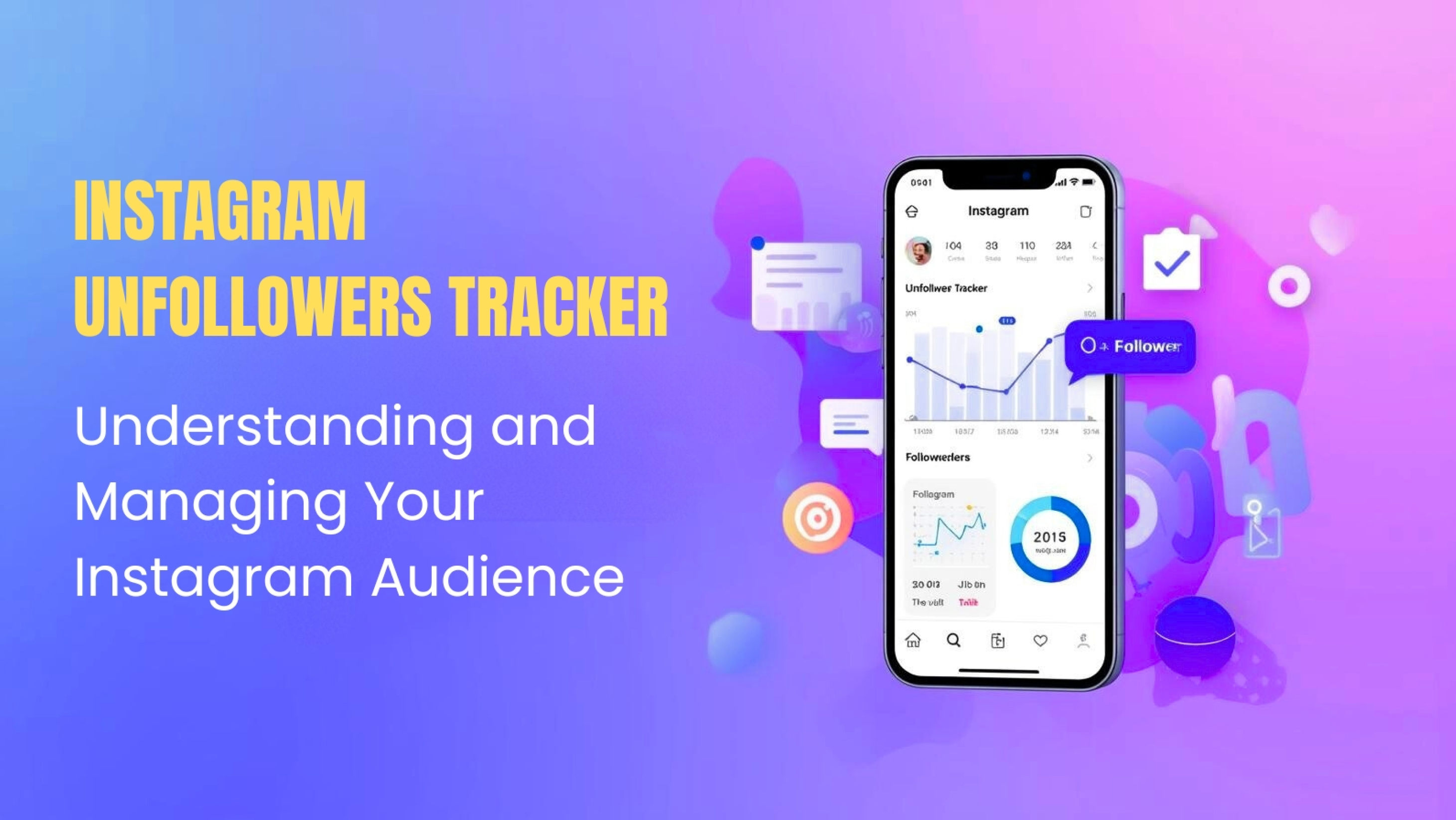Introduction
Although the mobile environment is densely packed with apps, it is far from saturated. There is still plenty of opportunity for you if you create a genuinely helpful app. The stakes are high, and you'll need to build high-performing software that provides rapid and consistent answers to challenges that your target audience faces. While you're at it, fix these issues to keep your app looking excellent and running well. The user interface (UI) and user experience (UX) of your app must be exceptional (UX). So much so that a poor user interface might lead to your program being banned by app stores. This article covers all you need to know about developing mobile apps. Do you have any questions regarding the development process, the cost, or the most typical blunders? You won't have to wonder any longer since this definitive guide to the world of mobile app development has all the answers.
What Is The App Design Concept?
A conceptual design is a description of the underlying perspective that drives the design of a product, expressed through pictures, drawings, or a written declaration. This allows designers and developers to stay on track throughout the creative process. A design idea ensures that your product is valuable to your target consumers when it is released to the market.
A technologically smart design concept accurately defines the product's goal. It serves as a basis for product development. A comprehensive understanding of the target audience, the types of challenges to be resolved, the customers' expectations, and a flawless aesthetic style are all required while creating a conceptual design. Fixating on developing a fantastic design idea can help you finish your project on schedule.
What Is The Purpose Of A Design Concept?
A design concept is required to give a concept visual form. The following are the main reasons for having a design concept:
1. Creating the foundation of logic
Gut instinct and passion are generally the driving forces behind artistic approaches. Designs, on the other hand, must be utilized. Your design, whether it's a logo or software, should do something functional, such as describing your brand or conveying information, but above all, it should be visually pleasing.
2. Making a design language
Because a conceptual design is essentially an idea, UI/UX designers should strive to bridge the gap between abstract perceptions and visible characteristics. The use of design components to communicate and infer meaning is referred to as design language.
All aesthetic details will not be prepared at the design idea stage. It will, however, lay the basis for important design possibilities.
3. Bringing about originality
Design methods, like any artistic method, are centuries old. Every day, designers strive to innovate and develop new designs. To attain effortless uniqueness, you must have a creative notion and conception.
How Do You Begin Creating A Design Concept?
Let's talk about how to build a design idea now that you know what it is and why you need one. The processes for creating a design concept have been broken down. Let's have a look at it!
1. Learn everything there is to know about the project
First and foremost, understand the fundamentals of a project. Conduct a comprehensive investigation of the project and ask the project manager several questions. Examine the idea in depth and collect all relevant information.
Rapid sketching will assist you in determining the interactions and fundamental activities of your customers. It will also assist you in quickly visualizing thoughts, communicating with clients, and creating a more exact wireframe.
In terms of the user interface, it's preferable if customers express their visual design preferences and demonstrate their preferred services. You must pay attention to your client's needs and frequently provide them options.
2. Find out who your competitors are
You should look at how your rivals have built their user interfaces for their apps. Check to see whether they were successful or if they used any beneficial features. Conduct an internal user test on competing applications and determine what works best for you.
3. Create a concept verbally
You should sketch out your notions since they are your thoughts. This phase is all about brainstorming, and you can use either vocal or written ideas. You may use word-based approaches, such as mind mapping, to develop the brand name or other designs by starting with a phrase or word.
Additionally, continue to jot down any similar terms that come to mind. Keep a time restriction in mind so you can brainstorm quickly without having to think too much. Creating words will aid you in the development of qualities that will communicate your ideas.
Ultimately, verbal ideation will assist you in forming a whole phrase or sentence that accurately conveys your thought. This allows you to stay focused on your design concept throughout the user interface design process.
4. Get Ideas from Insightful designs
Follow great design blogs for inspiration, and think about new UI/UX design ideas. Keep up with other aspects of design on a regular basis. Examine why all of the favored designs are effective. Is it the approach, the color, the layout, the mix, or the typography?
5. Make a rough sketch of your ideas
It's time to visualize your ideas once you've determined your app's goals and required functionality. First, make a layout by sketching out your thoughts. Lo-fi drawings are the most convenient method to get your thoughts down on paper.
Consider a variety of layouts and choices. Choose the best choice after making a few sketches. Now it's time to flesh out the drawing a little further. To receive feedback, talk to your coworkers. This will allow you to make adjustments quickly and ensure a high-quality design process.
6. Generate a design concept
After envisioning your ideas, you must enhance the UI. The design idea must be developed at this point. Colors are important because they help customers recall a brand. Furthermore, your product's visual design should be distinct from that of your rivals in order to attract customers' attention.
After you've finished selecting the colors, it's time to choose the proper typefaces. Choose a typeface with clearly visible letters that will make your content easy to read. Fonts may be selected using a variety of techniques.
Finally, typography is critical to the overall feel and appearance of your product. It enhances the visual hierarchy, which has a direct impact on the user experience. After you've finished developing your concept, test it on a more experienced product user to receive feedback.
How To Present Your App Design Concept On Paper?
The internet is full of resources to help you create a killer app design concept. However, when it comes time to present your idea to the client, you might find yourself without any visuals on hand.
Use this quick and easy template when presenting ideas or concepts in order to make your team or clients understand them more easily. Use it as a guide for what content and information should be included in each column of the presentation.
Your App Design Concept Is Ready!
When creating an app, you should strive for the right balance of aesthetic and usefulness. To offer a great user experience, you should have a crisp onboarding flow that kicks off a user's journey on your app with simple navigation and seamless conversions. The transition between each of these phases should be straightforward and fluid. The only way to boost engagement and retention is to deliver high-quality outcomes and appear beautiful while doing so, and a good design may help you accomplish both.
















Post Comments